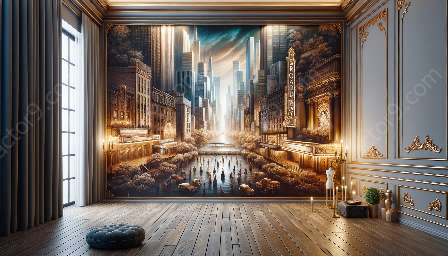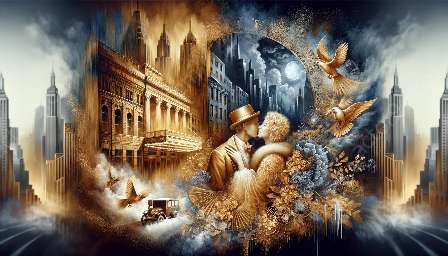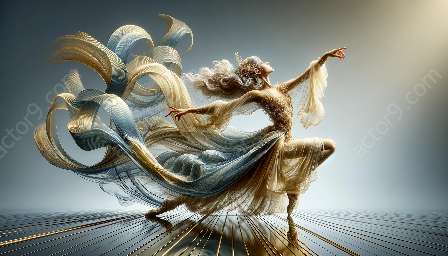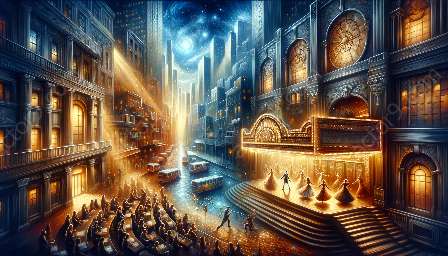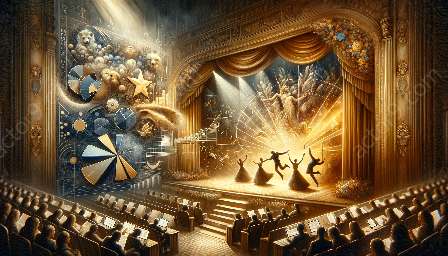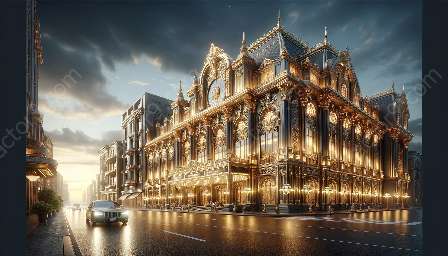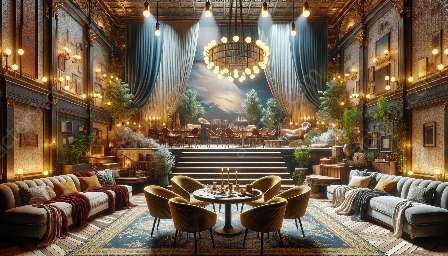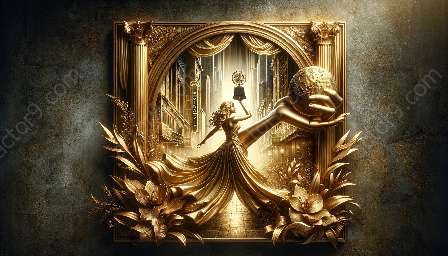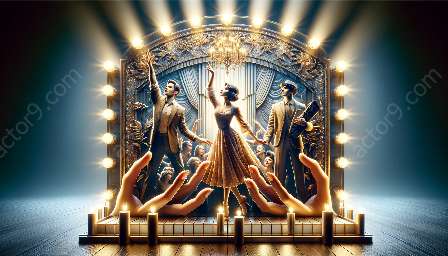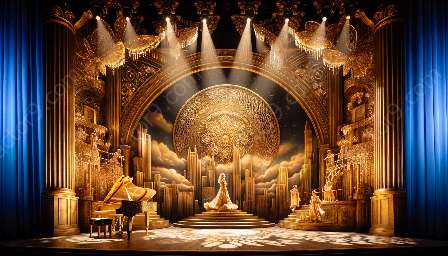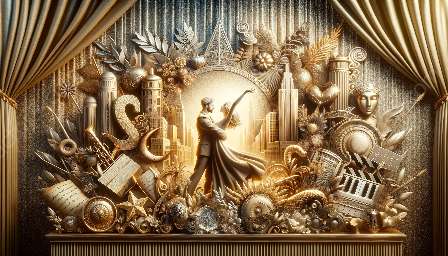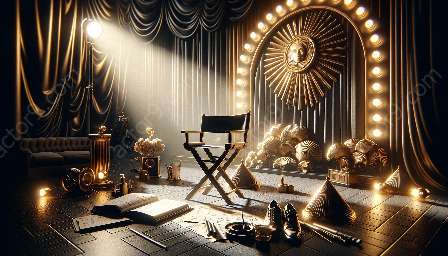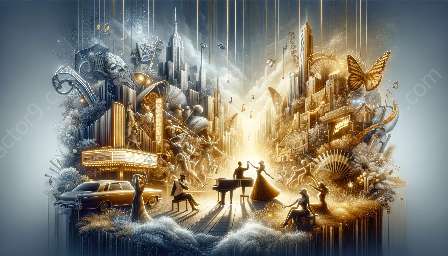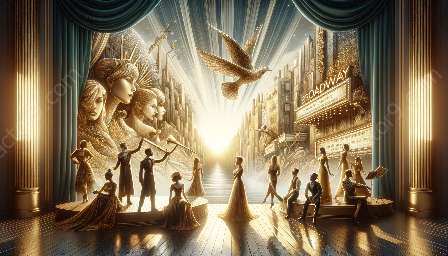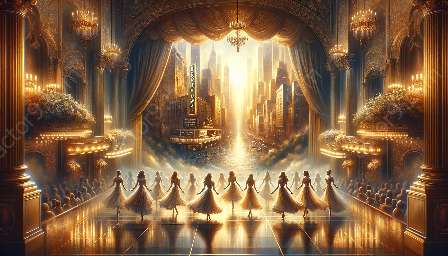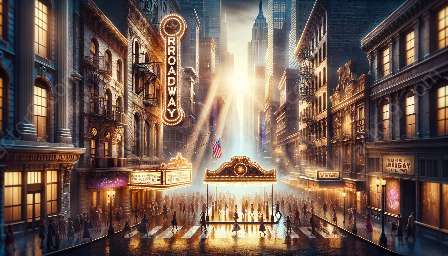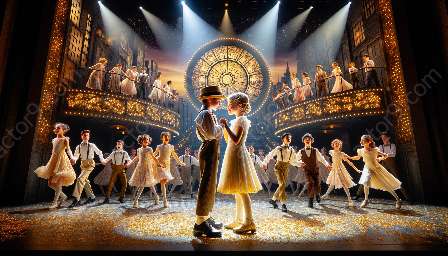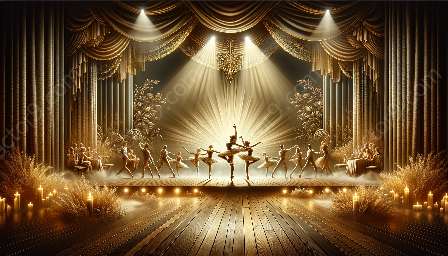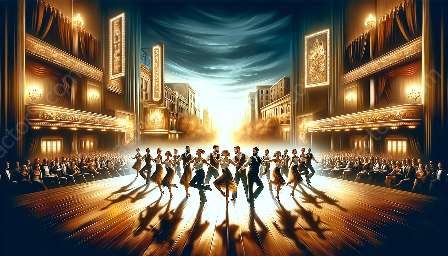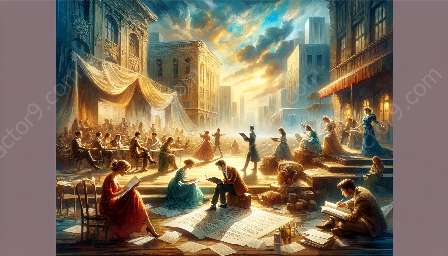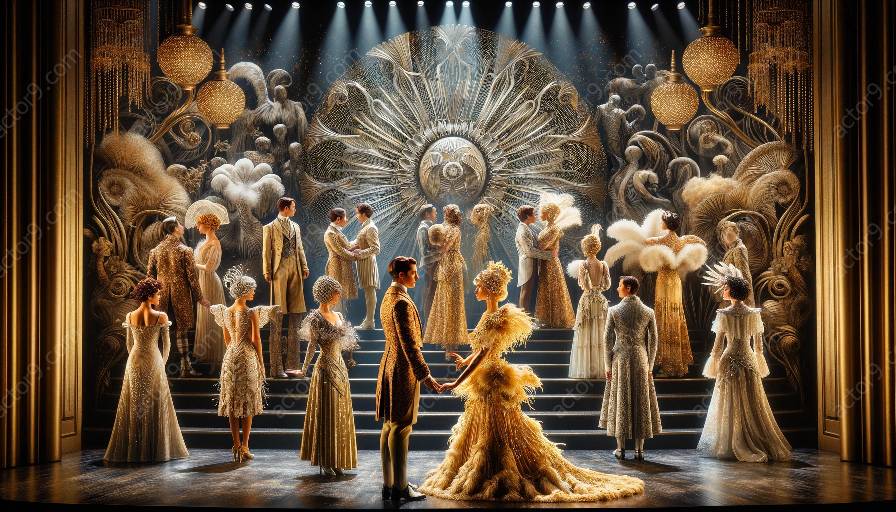Costume design plays a crucial role in bringing characters to life on the stage, and in the world of Broadway musicals, color theory holds significant influence over the creation and impact of these costumes. In this article, we will delve into the fascinating ways in which color theory shapes the visual storytelling of musical theater through costume design, affecting character portrayal, emotional resonance, and audience perception.
The Influence of Color Theory
Color theory encompasses the principles and guidelines that govern the use of colors in various artistic and design disciplines. In costume design for Broadway musicals, understanding and applying color theory can greatly enhance the effectiveness and evocativeness of the costumes, contributing to the overall visual spectacle of the production.
Character Portrayal
Colors have the power to convey meaning and evoke specific emotions, and this holds true in the world of costume design for musical theater. When designing costumes for characters, color choices are carefully considered to reflect and enhance their personalities, traits, and narrative roles. For instance, bold and vibrant colors may be used for energetic and extroverted characters, while subdued or muted tones can signify introspection or melancholy.
Storytelling and Emotional Resonance
Costumes crafted with an understanding of color theory can serve as visual storytelling tools, subtly guiding the audience through the emotional journey of the characters and the overall narrative arc. The strategic use of color palettes can evoke specific moods and amplify the emotional impact of pivotal scenes, effectively drawing the audience deeper into the narrative and heightening their emotional engagement.
Audience Perception
Color choices in costume design also have a profound impact on audience perception. The strategic use of colors can influence how characters are perceived by the audience, shaping their understanding of the characters' motivations, relationships, and inner worlds. Additionally, colors can contribute to the visual cohesion of the production, enhancing the overall aesthetic appeal and creating a harmonious visual experience for the audience.
Application in Broadway Musicals
When applied to the realm of Broadway musicals, the influence of color theory on costume design becomes even more pronounced. The grandeur and spectacle of these productions demand meticulous attention to detail, and color theory serves as a guiding force in ensuring that the costumes not only complement the characters and narrative, but also contribute to the overall visual splendor that defines the world of Broadway.
Harmonizing with Set Design
In the context of Broadway musicals, costume design must harmonize with the elaborate sets and backdrops to create a cohesive and immersive visual experience. Through the use of color theory, costume designers can align the costumes with the scenic elements, establishing a seamless visual continuity that enhances the grandeur of the production.
Impact on Audience Engagement
The vibrant and dynamic nature of Broadway musicals amplifies the significance of color theory in costume design. By skillfully employing color theory, costume designers can captivate the audience's attention, guide their emotions, and contribute to the overall sensory experience, ultimately heightening their engagement with the performance and leaving a lasting visual impression.
Conclusion
The influence of color theory on costume design for Broadway musicals is a multifaceted and impactful aspect of theatrical production. From shaping character portrayal and emotional resonance to influencing audience perception and engagement, color theory serves as a powerful tool that enriches the visual storytelling of musical theater. Through its application, costume designers bring depth, vibrancy, and coherence to the characters and narratives, contributing to the captivating allure of Broadway productions.

